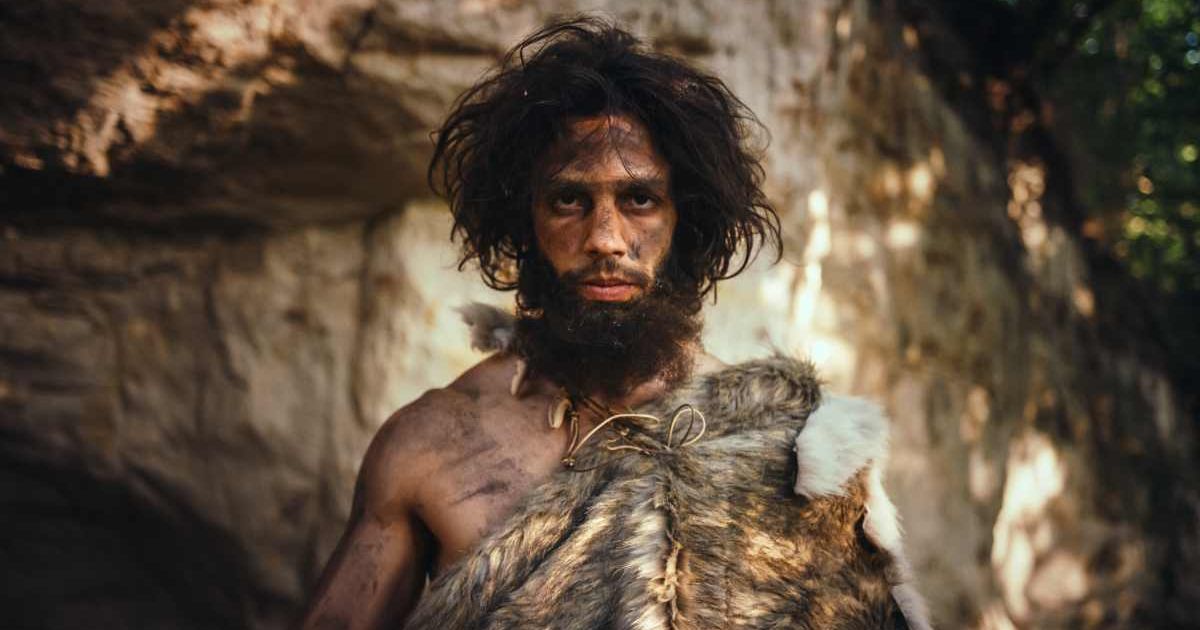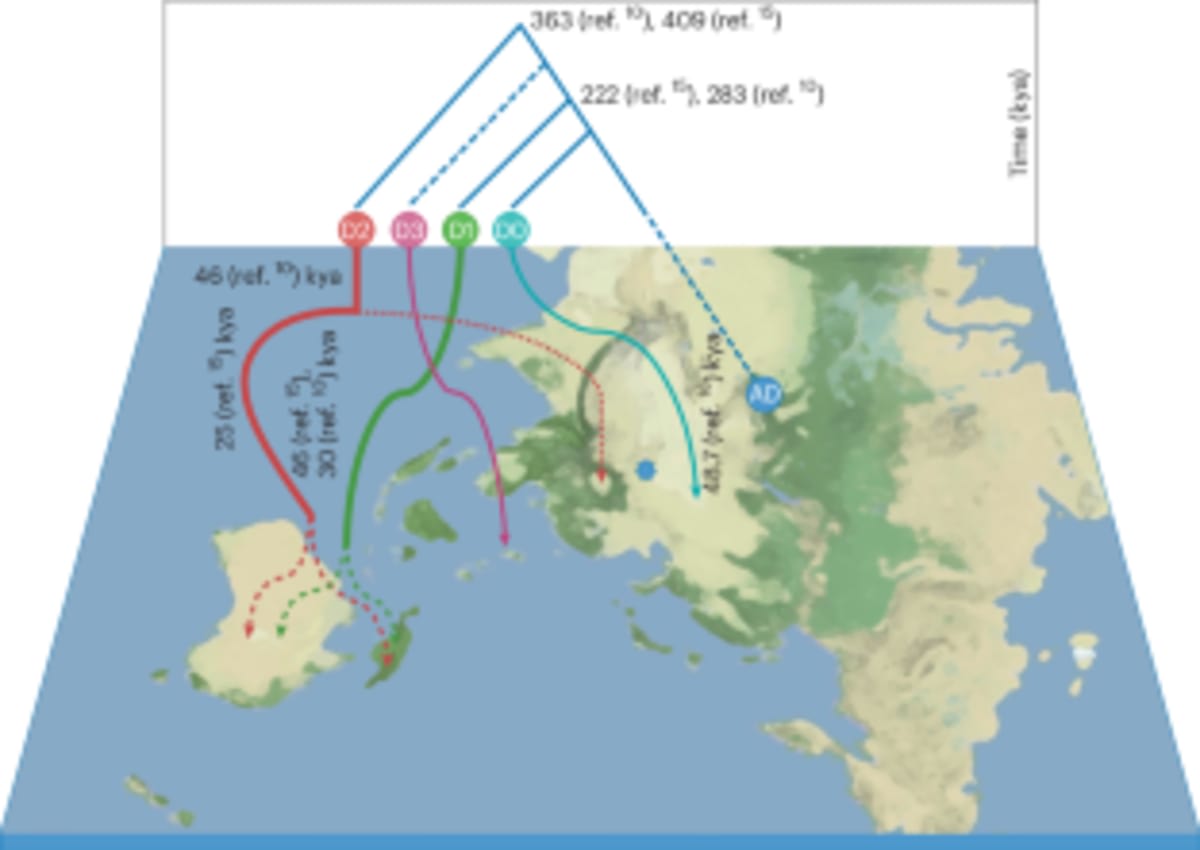Denisovans Interbred With Modern Humans — and Gave Them Genetic Advantages: Study

Move aside, Neanderthals, new suitors of modern humans have been discovered from the Altai Mountains of Siberia. These suitors are the Denisovans, whose interbreeding with modern humans apparently left an influential genetic imprint. This interbreeding has been explained in detail within the journal Nature Genetics. Proof of this interbreeding first came forth from a finger bone fossil in 2010. Then, it was believed to be of an unknown hominin group. This group has now been identified as Denisovans. Since then, researchers have determined three events in which genes from distinct Denisovans entered modern humans and helped the latter in certain extreme conditions.

Importance of Interbreeding
Dr Linda Ongaro, a Postdoctoral Research Fellow at Trinity College Dublin's School of Genetics and Microbiology, and the lead author, claims that the events are further proof that the popular assertion about modern humans evolving from one common ancestor was wrong, according to Science Daily. Ongaro claims that it was a long-drawn-out process, with interbreeding playing a pivotal role in shaping modern humans into their present state. Unlike the Neanderthal fossil record, the availability of the Denisovan fossil record is not extensive. The only Denisovan remains that are present in the custody of researchers are skull fragments, a jawbone, teeth, and a finger bone from the Altai Mountains.
Identification of Events
Researchers essentially contrasted the surviving Denisovan segments with modern human genomes and identified at least three 'interbreeding' events where genes from the distinct Denisovan populations entered the genetic signature of modern humans, according to Phys. Experts are not rejecting the possibility of more such events, but need further evidence to make that assertion. The study also cites that each of these events represents a different level of relatedness between the Altai Denisovan and modern humans. Considering what researchers already know about the relationship between modern humans and Neanderthals, the findings shed more light on the complex relationships shared between these sister lineages in prehistoric times.
The analysis of remains also showcased to experts that there were multiple Denisovan populations spread throughout from Siberia to Southeast Asia and from Oceania to South America. Such a wide spread indicates that populations lived in distinct environments and adapted to differing conditions. Several of their genes provided modern humans with certain advantages to thrive in distinct and sometimes extreme conditions.

Genetic Advantages from Denisovans
Researchers have identified certain advantages that modern humans may have received, possibly due to interbreeding with Denisovans. One of them is tolerance to hypoxia, or low oxygen conditions, seen in certain Tibetan populations. Another genetic advantage is heightened immunity in Inuit populations of the Arctic. This genetic locus controls lipid metabolism, triggering it to make the human body warm up when faced with extreme cold.
The team is now looking forward to the findings related to Denisovan and modern human interaction, to understand more interesting insights about this relationship. "There are numerous future directions for research that will help us tell a more complete story of how the Denisovans impacted modern-day humans, including more detailed genetic analyses in understudied populations, which could reveal currently hidden traces of Denisovan ancestry. Additionally, integrating more genetic data with archaeological information—if we can find more Denisovan fossils—would certainly fill in a few more gaps," Ongaro shared.